Hair Mineral Analysis
We offer two types of tests; Lab Tests and Rapid Tests. This product is under the category Lab Tests. See all our Lab Tests by following the link.
See allWe offer several different options of testing methods. This test is done with Hair. See all tests done with Hair by following the link.
See allGetTested’s Hair Mineral Analysis provides a comprehensive insight into your body’s mineral balance and heavy metal levels through hair (or nail) analysis. This non-invasive test measures 39 different substances to identify nutritional imbalances and toxic exposures. The test is conducted at an accredited and ISO-certified lab.
For a complete understanding of chronic versus temporary toxicity, combine our Hair Mineral Analysis with the Heavy Metals Test. This dual approach distinguishes long-term accumulation from recent exposure.
In stock
- At-home tests
- Fast delivery
21 in stock

Get 5% off on 2 Lab tests, and 10% off on 3 Lab tests or more.
Which minerals are measured?
Which trace minerals are measured?
Which Heavy metals are measured?
Which Toxic elements are measured?
About GetTested's Hair Mineral Analysis
Hair Mineral Analysis is an advanced screening method providing deep insights into your body's mineral balance and exposure to heavy metals. Firstly, this test measures levels of essential minerals and trace minerals. It also identifies potentially harmful heavy metals and toxic substances in the body. Trace minerals are essential for the body in small amounts but can be toxic in larger doses. Even in small amounts, heavy metals and other toxic substances can be harmful and require careful monitoring.
By analyzing a small piece of hair, or nails for those lacking sufficient hair, the test offers a non-invasive method to assess your nutritional status and toxic exposures. For those without head hair, using other body hair is also acceptable.
Benefits of Hair Mineral Analysis
- Non-Invasive and Simple: Requires only a small amount of hair or nails, making it a painless and straightforward process.
- Long-Term Exposure Indicator: Hair and nails store information about your body's chemical balance over months, offering a more comprehensive view than blood tests that reflect the current state.
- ISO-Certified Lab: Analyses are performed at an accredited and ISO-certified laboratory, ensuring the highest standard of precision and reliability in the results.
Why Hair Mineral Analysis?
Hair Mineral Analysis offers a unique, long-term perspective on your body's chemical balance, unlike the snapshot provided by blood tests. This advanced test measures 39 substances. These include 5 minerals, 15 trace minerals, 7 heavy metals, and 12 toxic substances. It gives a comprehensive health overview. The test reveals how these substances have built up over time. This insight helps identify long-term exposures and their health impacts. With this detail, you can take specific steps to address imbalances and reduce harmful exposures. For those aiming to enhance their health further, we also provide DNA, hormone, gut, and nutrition tests.
The Process
Undergoing a Hair Mineral Analysis with GetTested is straightforward. After ordering your test kit online, you follow simple instructions to collect and submit your sample. Your sample is then analyzed at an ISO-certified lab, and you receive a detailed report with your results and recommendations.
FAQ
How is the Hair Mineral Analysis carried out?
How quickly will I receive my results?
When should I take the test?
Example Report
Example of Hair Mineral Analysis
Related Products
-
Cortisol Test
GetTested's Cortisol Test measures bioavailable and free cortisol on seven occasions ...£ 69,00 Add to cart -
DNA Fatigue Test
Do you often find yourself feeling tired and drained, even after a full night's sleep...£ 159,00 Add to cart -
Estrogen & progesterone test
GetTested's Estrogen & Progesterone Test measures the absolute levels and the rat...£ 79,00 Add to cart -
Heavy Metals Test
Heavy metals are among the most significant health concerns of our time. They can gen...£ 149,00 Add to cart -
Vitamin Test Total (Deficiency Test)
The Vitamin Test Total by GetTested provides an opportunity to understand one's vitam...£ 267,00 Add to cart
You may also like…
Trusted by over 10.000+ customers


“The home test was straightforward with easy to follow instructions. The test result was detailed and clear in its presentation. Also had the opport...”
Richard

“We looked at a lot of companies offering the same services but made the decision to go forward with get tested because the labs are based here in t...”
Natasha

“There are other providers out there, I have tried 3. Gettested was the fastest and the customer service was the best. I even received my test on th...”
Alan

“Absolutely perfect, results came after few days and finally after a lots of times visited GP, we finally know why my son has eczema - he is allergy...”
E

“I found them to be professional and not too long a wait for results. Helpful with any after questions. Will be using them again if need be. I highl...”
Eileen

“I really value my test and to see the results. It is a jungle when your health is online. So get accurate and precise knowledge is a gift, as it is...”




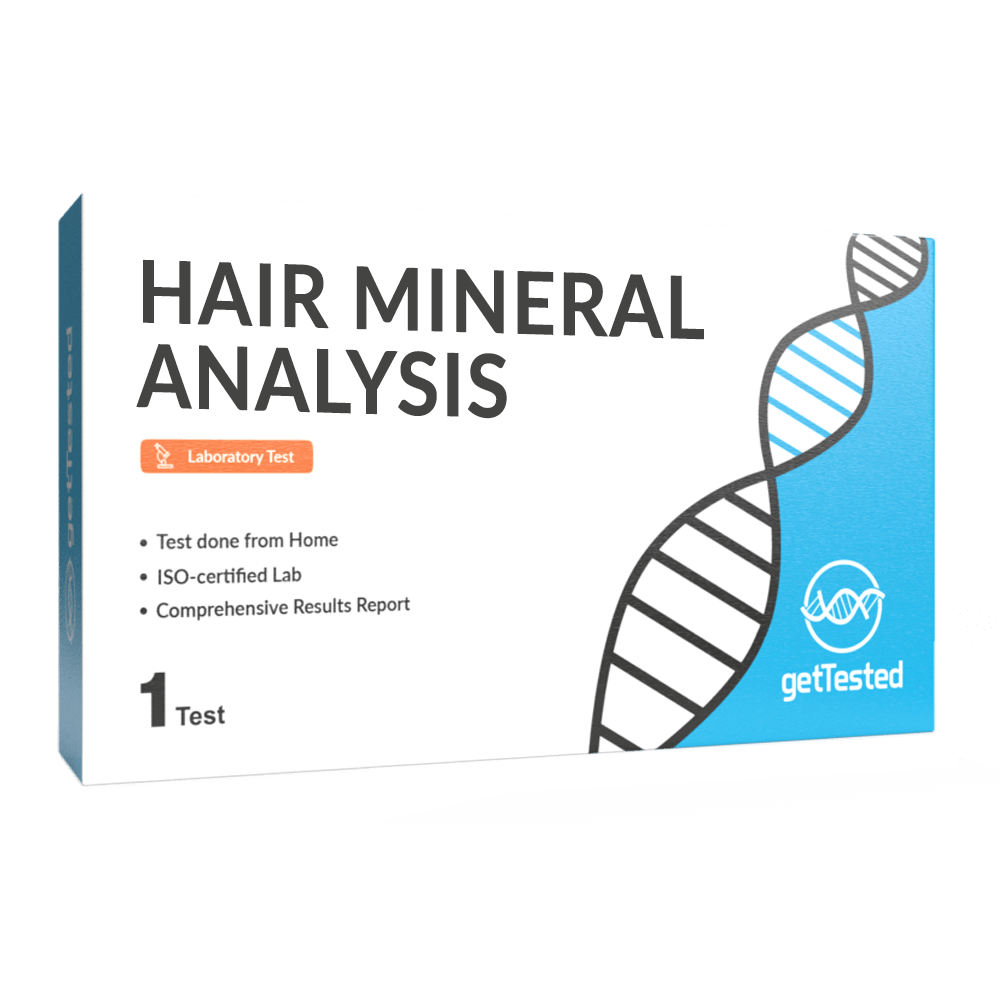

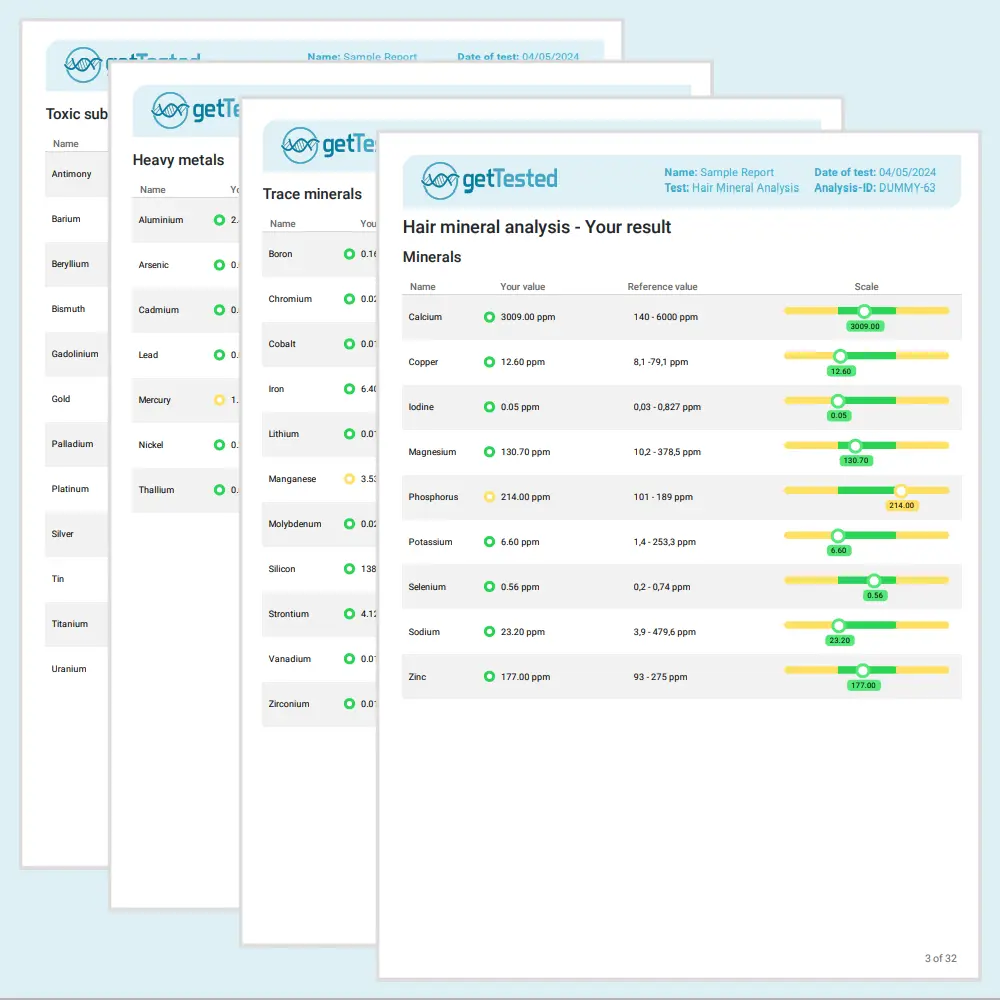




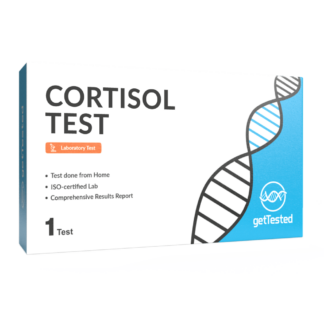
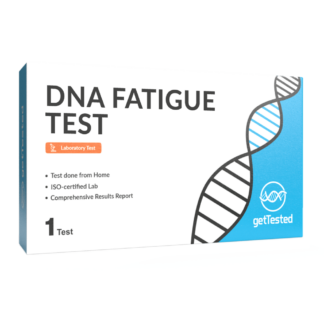
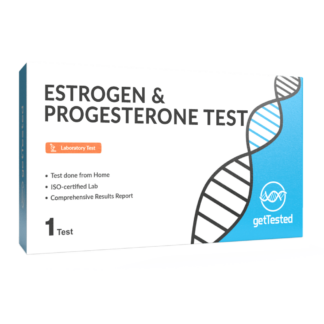

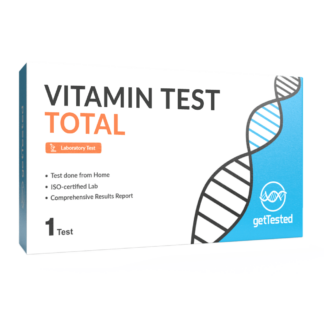


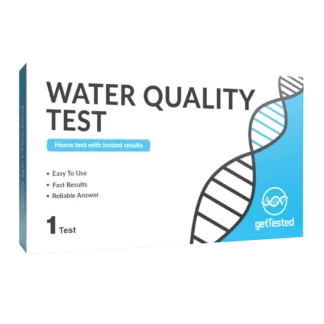
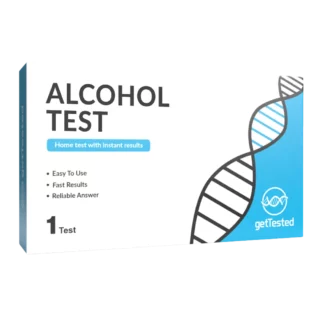












Leave a Reply